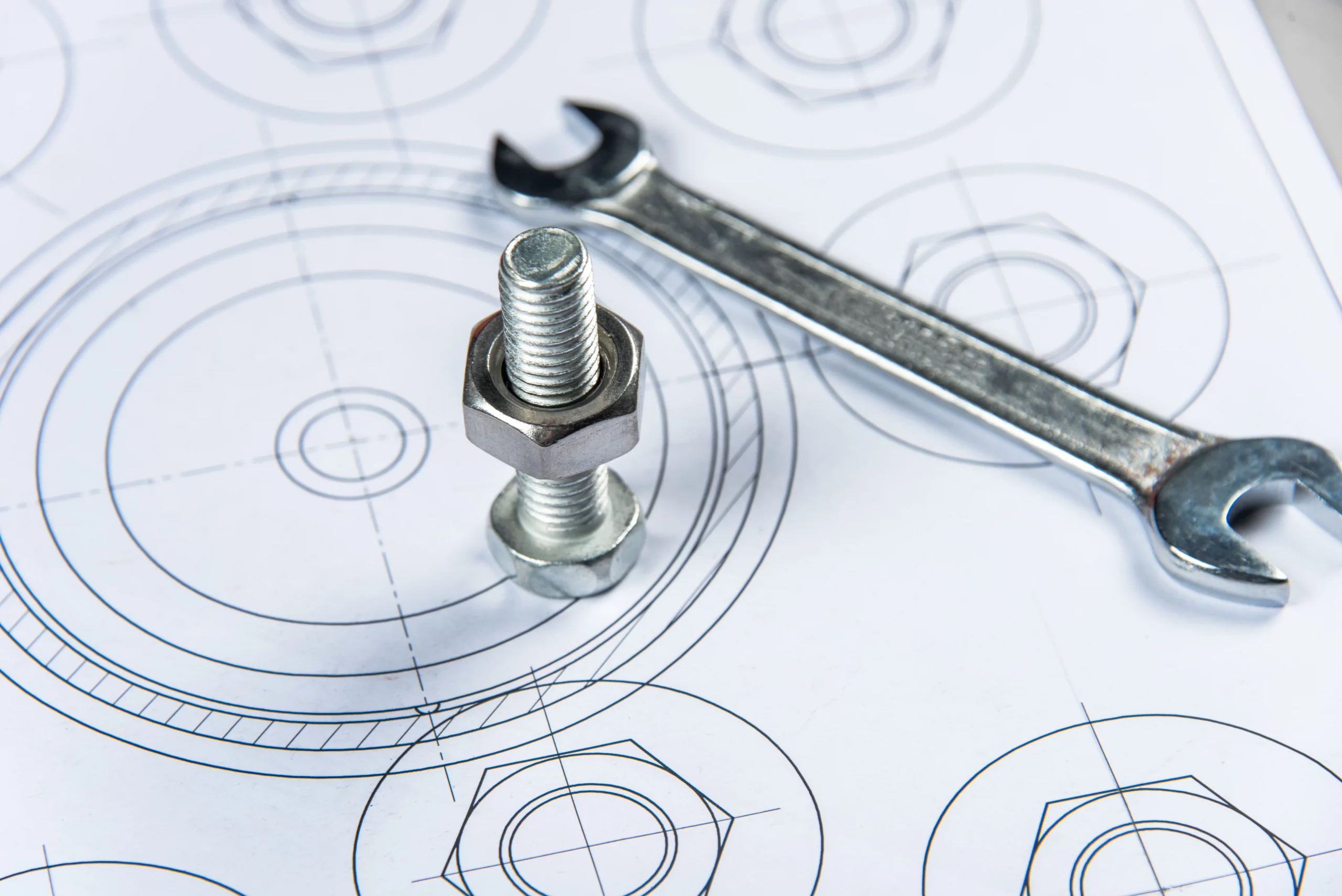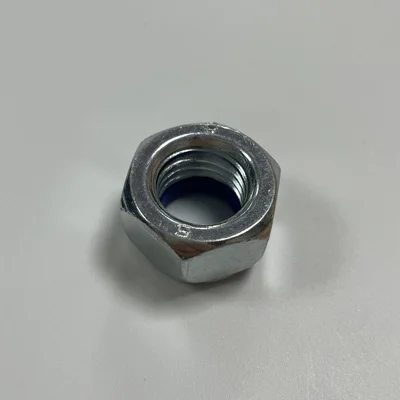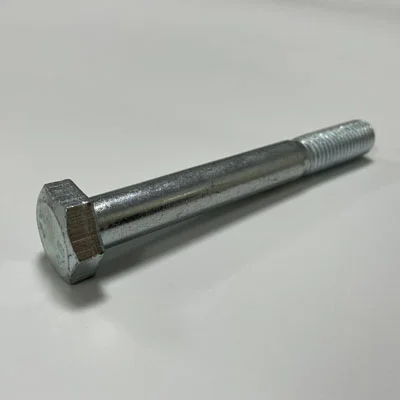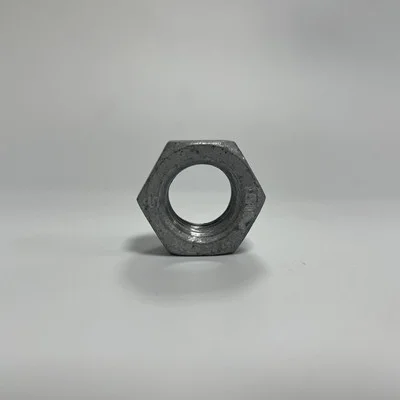caTEGORIES
Tags
Common Bolt and Nut Issues in Construction—and How to Fix Them

Posted: July 11, 2025
Categories: News
1. Common Failure Modes in Construction
Loosening Under Dynamic Loads
In places with shaky machines, changing temperatures, or heavy stuff moving a lot, bolts can get loose. This makes buildings wobbly or even fall apart.
How to Fix: Use lock washers or QEWIT’s DIN 985/982 nylon insert nuts. You can also add sticky thread-locking glue. Check tightness with tools during regular upkeep.

Corrosion and Rusting in Harsh Environments
Bolts and nuts in rain, wet air, beach areas, or smoky factories can rust. Rust makes them weak and hard to take out.
How to Fix: Pick A2 or A4 stainless steel bolts or use protective coatings. QEWIT’s Elementech 1000 or HDG (hot-dip galvanised) finishes stop rust and last up to 1000 hours in tough salt spray tests.
Fatigue Failure from Cyclic Loading
Fatigue happens when bolts get stressed over and over. Tiny cracks grow slowly and can break suddenly, which is bad news.
How to Fix: Use strong QEWIT DIN 931/933 bolts (Grade 8.8, 10.9, 12.9) and tighten them just right with special torque tools.

Thread Stripping
This happens if you twist bolts too hard, pair them with wrong nuts, or put them in wrong. Stripped threads ruin the joint’s strength.
How to Fix: Use well-made nuts and bolts, follow tightening rules, and avoid mixing up threads. QEWIT’s DIN 934 nuts match perfectly and are checked for quality.

Poor Quality or Misapplied Fasteners
Using cheap or wrong bolts and nuts in budget projects causes early breaks, bad fits, or wobbly parts.
How to Fix: Buy from QEWIT, a company with ISO 9001 certification. They give full tracking and quality papers (3.1 to DIN EN 10204 or PPAP Level 3) to make sure everything’s top-notch.
Misalignment and Installation Errors
Bad setup, like holes that don’t line up or uneven tightening, stresses bolts and weakens joints.
How to Fix: Train workers, use proper tools, and make holes with slanted edges. QEWIT offers custom bolts and help for tricky setups.
2. Detection and Inspection Tips
Visual Checks
Look at bolts and nuts for rust, weird colors, looseness, or bent shapes. A puffed-up washer or cracked nut means trouble’s coming.
How to Fix: Check often and replace anything that looks bad.
Torque Verification Tools
Use torque wrenches or electric tools to see if tightness matches the rules. This is super important for joints that need exact pressure.
How to Fix: Always check with the right tools.
Thread Fit Inspections
Check threads for wear, dirt, or rust. QEWIT uses fancy machines like optical sorters and hardness testers to make sure threads stay strong and fit right.
How to Fix: Clean threads and replace damaged ones.
3. Prevention and Solutions
Proper Tightening Techniques
Tighten bolts using the maker’s rules. For joints with lots of bolts, tighten them in order to spread pressure evenly.
How to Fix: Follow tightening guides carefully.
Locking and Anti-Loosening Measures
Use DIN 985 or DIN 982 lock nuts with nylon inserts to stop loosening from shaking. QEWIT’s DIN 6923 serrated flange nuts grip surfaces tightly for tough jobs.
How to Fix: Pick locking nuts for shaky spots.
Anti-Corrosion Practices
Choose A2 or A4 stainless steel, zinc flake coatings, or HDG bolts for outdoor projects. QEWIT’s rust-proof bolts are great for bridges, tunnels, or beach buildings.
How to Fix: Use rust-resistant bolts in wet or harsh places.
Thread Repair and Replacement
For small thread damage, use Helicoil kits to fix them. For big damage, swap out the bolt or nut. QEWIT has metric bolts up to M100 for quick changes.
How to Fix: Fix small issues or replace bad parts.
Proper Fastener Selection
Pick the right grade (4.8, 5.8, 8.8, 10.9, 12.9), material (carbon steel, stainless, brass), and standard. QEWIT’s team helps you choose the best bolts and nuts with full tracking.
How to Fix: Work with experts to get the right stuff.
4. Maintenance Best Practices
Scheduled Inspections
Check bolts and nuts every month or after heavy use. Swap out any with rust or cracks.
How to Fix: Make a plan to check regularly.
Lubrication Protocols
Put lubricant on bolts and nuts to make tightening easier and stop wear, especially on stainless steel.
How to Fix: Use lube to keep things smooth.
Stock and Inventory Strategy
Use the same types of bolts and nuts to keep things simple. QEWIT combines orders into one shipment for free to make delivery easy.
How to Fix: Stick to standard fasteners and plan stock.
5. Case Studies
Fatigue Failure from Under-Tensioned Bolts
A crane’s base broke because bolts weren’t tightened enough. Using regular Grade 8.8 bolts without checking pressure caused loosening and a crash.
Lesson: Tighten with torque tools and use QEWIT’s DIN 933 tested bolts.
Misfit Between Bolt and Nut Grades
A worker used an M20 Grade 10.9 bolt with a Grade 6 nut. During tests, the nut broke under pressure.
Lesson: Match grades. QEWIT pairs bolts and nuts to avoid mistakes.
Corrosion in Coastal Construction
A bridge team found HDG-coated bolts rusted after two years. The coating wasn’t certified.
Lesson: Use QEWIT’s Elementech 1000 or A4 stainless bolts, tested for long-lasting rust protection.
Conclusion
Knowing why bolts and nuts fail is key to building safe, strong projects. Whether it’s rust, cracks, or wrong picks, you can stop problems with smart choices and checks. QEWIT mixes European know-how with great manufacturing to offer reliable, certified bolts and nuts that handle tough jobs.
FAQs
Q1: What’s the best way to stop bolts from loosening in shaky places?
A: Use nylon insert nuts, serrated flange nuts, or sticky glue. Combine them for extra shaky spots.
Q2: When should I replace a bolt or nut instead of fixing it?
A: Swap it out if threads are broken, the head is bent, or rust weakens it. Check tightness limits.
Q3: How do I know I’m using the right bolt grade?
A: Look at load charts or ask QEWIT. They mark grades and give full quality papers.


